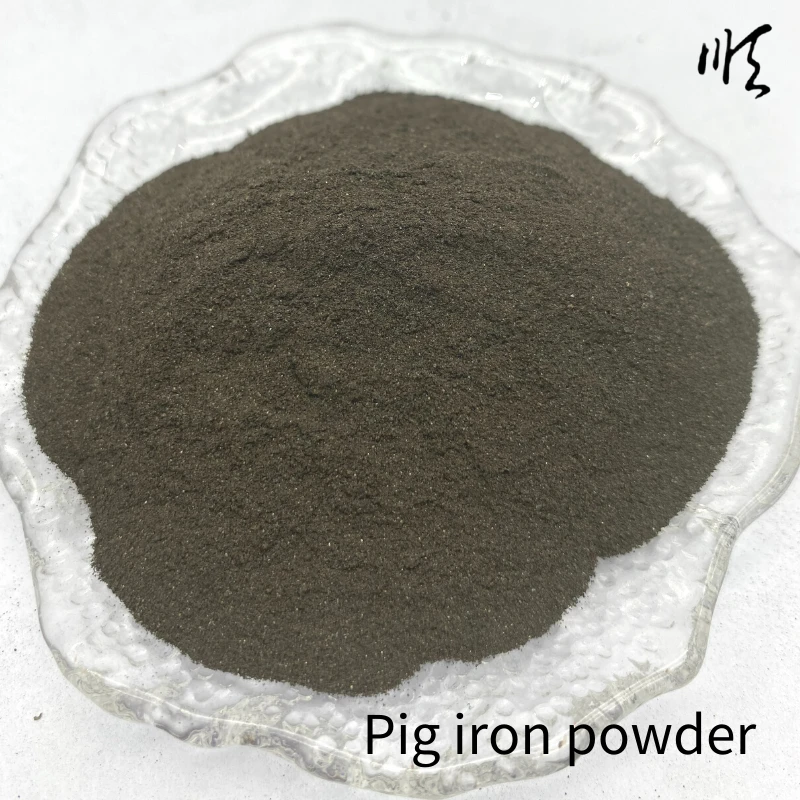
shell sand casting
Shell Sand Casting An Overview and Its Applications
Introduction
Shell sand casting is a sophisticated casting process that combines the advantages of traditional sand casting with the benefits of shell molding. This technique is widely used in various industries due to its ability to produce high-quality castings with excellent dimensional accuracy and surface finish. The process leverages the unique properties of shell sand, which consists of a mixture of sand and a thermosetting resin that creates a shell-like mold when heated. In this article, we will delve into the intricacies of shell sand casting, its applications, and its benefits.
The Shell Sand Casting Process
The shell sand casting process begins with the preparation of the mold. In this process, a mixture of fine sand and resin is applied to a heated pattern made of metal. The heat from the pattern causes the resin to cure, forming a rigid shell around the pattern. After the resin has set, the shell is removed from the pattern. The process typically involves several steps
1. Pattern Creation A metal pattern is created to the desired shape of the final casting. The pattern must be made from materials that can withstand high temperatures.
2. Mold Preparation The sand and resin mixture is applied to the pattern. The mixture may be sprayed or brushed onto the hot surface of the pattern to create a shell. The thickness of the shell can be adjusted by controlling the amount of sand applied.
3. Shell Curing The heat from the metal pattern activates the resin, curing it to form a strong, rigid mold. This process usually takes a few minutes.
4. Shell Removal Once cured, the shell is carefully removed from the pattern, resulting in a mold that is lightweight yet robust.
5. Assembly and Pouring The individual shell halves are then assembled to form a complete mold. Molten metal is poured into the mold through a pouring opening.
6. Cooling and Finishing After the metal has cooled and solidified, the mold is broken away to reveal the cast part. Additional finishing processes, such as machining, may be employed to meet precise specifications and improve surface quality.
Advantages of Shell Sand Casting
Shell sand casting offers several distinct advantages over traditional sand casting techniques
shell sand casting

- Improved Surface Finish The shell molding process results in a smoother surface finish, often eliminating the need for extensive post-processing
.- High Dimensional Accuracy The rigid nature of the shell molds allows for more precise control over dimensions, leading to higher-quality castings.
- Reduced Casting Defects The improved mold strength and reduced porosity result in fewer casting defects, such as sand inclusions and gas porosity.
- Versatility Shell sand casting can be used for a wide range of materials, including ferrous and non-ferrous metals, making it suitable for various applications.
- Cost-Effectiveness While the initial setup costs may be higher than traditional sand casting, the reduction in material waste and shorter processing times can lead to cost savings in large production runs.
Applications of Shell Sand Casting
Shell sand casting is employed in a variety of industries, including
- Automotive Industry Commonly used for producing engine blocks, cylinder heads, and various components due to its ability to create complex geometries with high dimensional accuracy.
- Aerospace Industry Ideal for manufacturing intricate parts that require exceptional strength-to-weight ratios and precision.
- Pump and Valve Production Shell sand casting is frequently used for producing components in pumps and valves, ensuring reliability and performance under demanding conditions.
- Electrical Industry A popular choice for creating housings and enclosures for electrical components that require good surface finish and precise shapes.
Conclusion
Shell sand casting is a modern and efficient casting method that has revolutionized the production of high-quality metal components. With its superior surface finish, dimensional accuracy, and versatility, this technique is poised to meet the demands of a wide range of industries. As technology evolves, further advancements in materials and processes are expected to enhance the capabilities of shell sand casting, making it an even more attractive option for manufacturers worldwide. By understanding its intricacies and applications, industries can leverage shell sand casting to improve their production processes and product quality.
Share
-
Premium Pigment Supplier Custom Solutions & Bulk OrdersNewsMay.30,2025
-
Top China Slag Fly Ash Manufacturer OEM Factory SolutionsNewsMay.30,2025
-
Natural Lava Rock & Pumice for Landscaping Durable Volcanic SolutionsNewsMay.30,2025
-
Custom Micro Silica Fume Powder Manufacturers High-Purity SolutionsNewsMay.29,2025
-
Custom Mica Powder Pigment Manufacturers Vibrant Colors & Bulk OrdersNewsMay.29,2025
-
Custom Micro Silica Fume Powder Manufacturers Premium QualityNewsMay.29,2025






